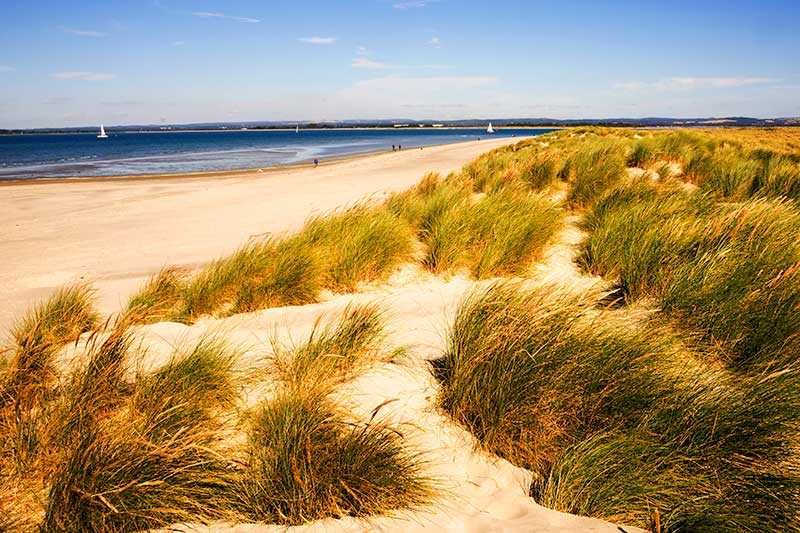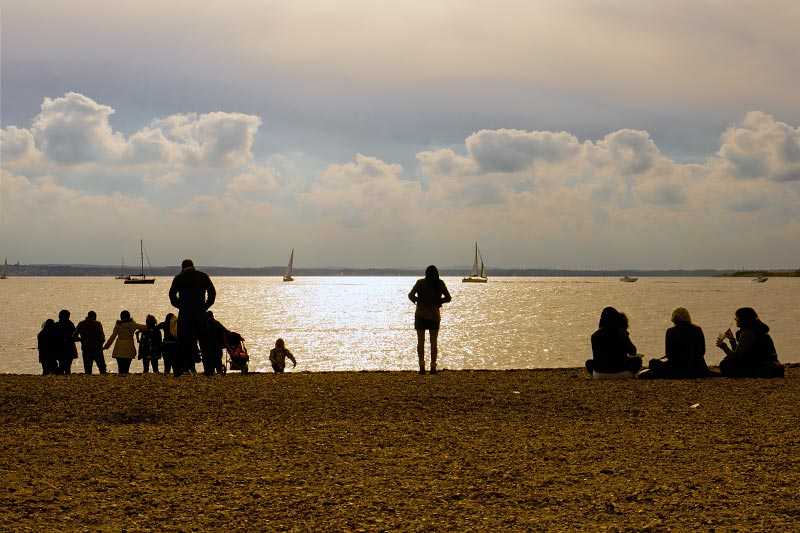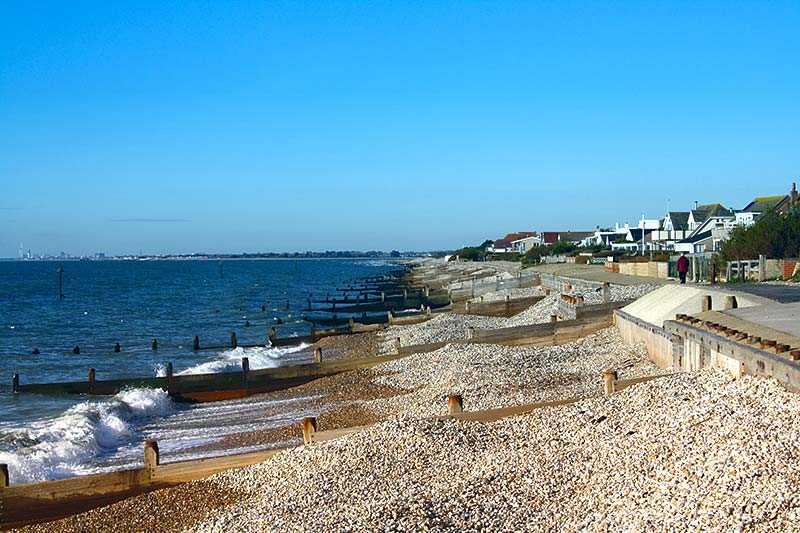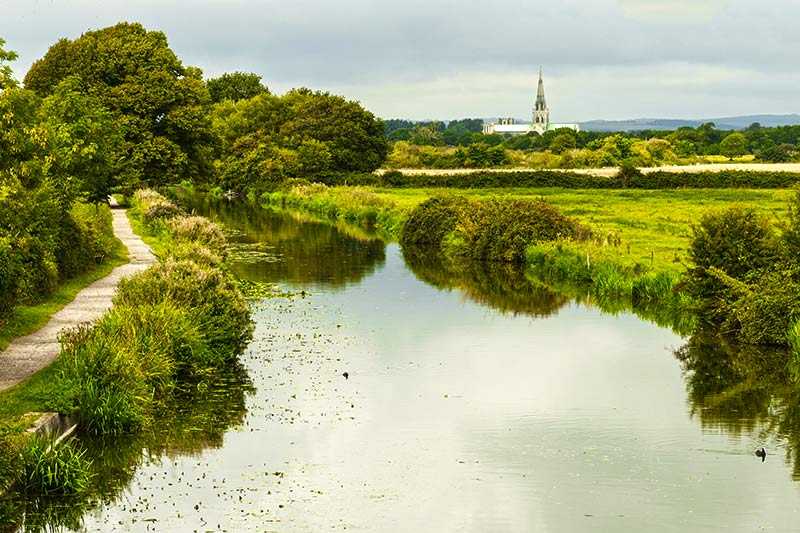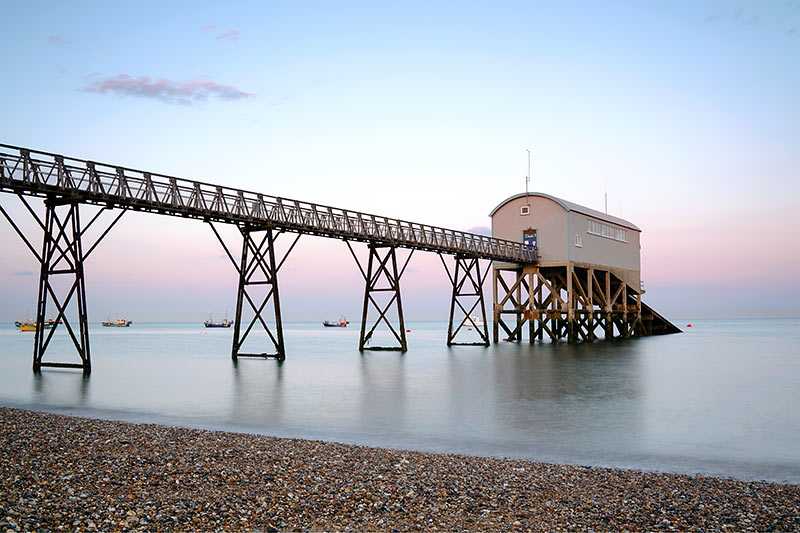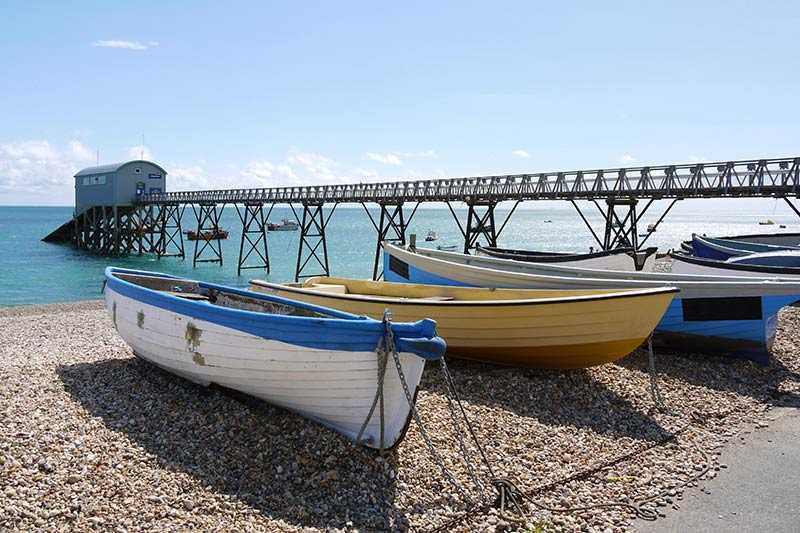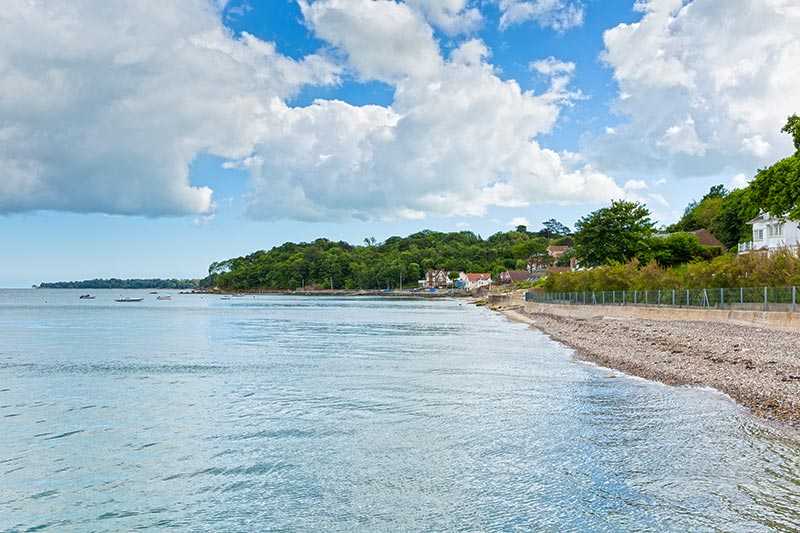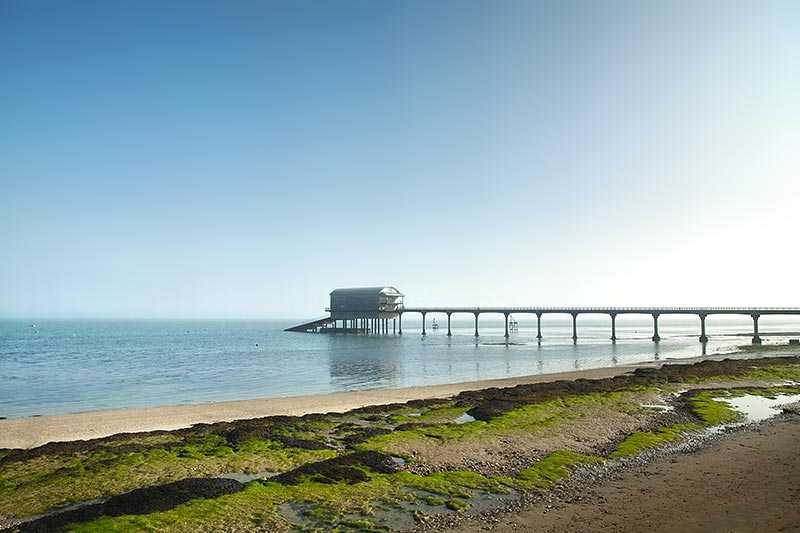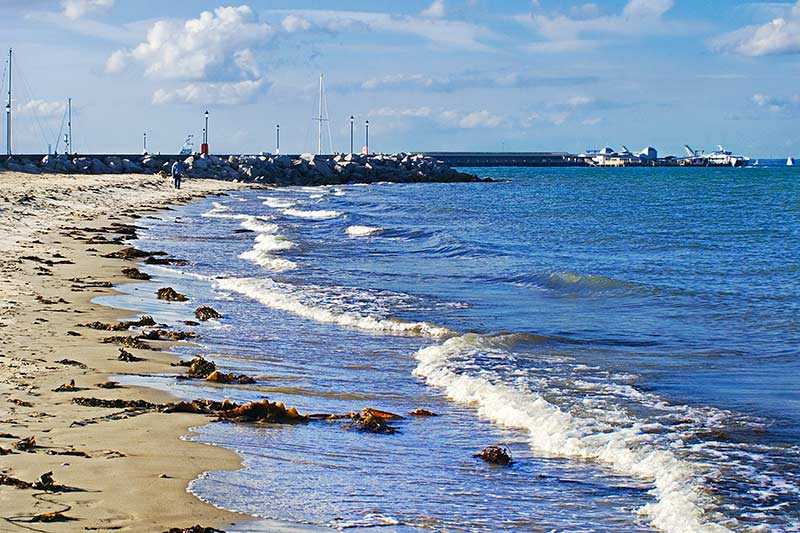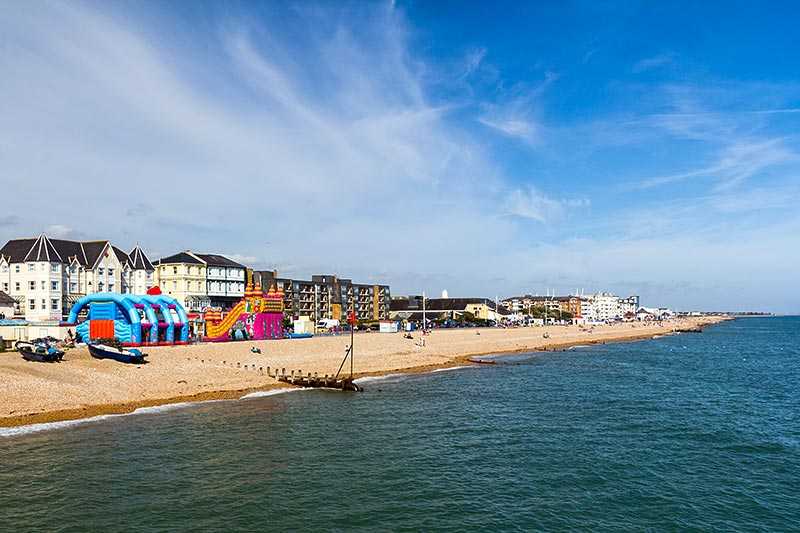Chichester Harbour AONB
About Chichester Harbour AONB
Chichester Harbour was designated as an Area of Natural Beauty in 1964. Covering just 74 km2, it is the smallest AONB in the South East. As one of the ver...
About Chichester Harbour AONB
Chichester Harbour was designated as an Area of Natural Beauty in 1964. Covering just 74 km2, it is the smallest AONB in the South East. As one of the very few areas of undeveloped coast in south England, it is a highly significant wildlife haven – it’s a noted Ramsar Wetlands site for its importance to birds – and is a popular area for boating. The be...
Attractions near Chichester Harbour AONB
Activities
About Chichester Harbour AONB
About Chichester Harbour AONB
Chichester Harbour was designated as an Area of Natural Beauty in 1964. Covering just 74 km2, it is the smallest AONB in the South East. As one of the very few areas of undeveloped coast in south England, it is a highly significant wildlife haven – it’s a noted Ramsar Wetlands site for its importance to birds – and is a popular area for boating. The beautiful coast is complemented by naturally wooded shorelines and flat farmland further inland.
Climate
As with much of southern England, Chichester Harbour enjoys warm summers, with high levels of sunshine, and cool winters.
Fauna and Flora
The area’s extensive saltmarsh and mudflats nurture rich plant and invertebrate populations, making it a major feeding ground for over 55,000 birds which live here or visit annually, including 9,000 Brent geese which overwinter here, as well as Dunlin and Little Egrets. The woodlands are home to speckled wood, tortoiseshell and peacock butterflies, centipedes, millipedes, spiders, moles, wood mice, voles, foxes and deer.
Tourism
It’s known as a major harbor for recreational boating harbor and over 1.5 million visitors a year come to experience host of activities on and off the water.
Activities
Activities include wildlife spotting, bird watching, archaeology, walking and cycling. There are fourteen yacht and sailing clubs and seven training centres. Organized boat trips are available to see the harbor and learn about its wildlife and history on a virtually silent solar powered catamaran. A network of footpaths provides visitors with access to the best areas of interest.
How to get there
There are no towns within the area, but it is easily accessible from Portsmouth or Southampton.
Warnings
Cyclists are asked only to use designated cycle routes to avoid damage to footpaths. Walkers are asked to stick to footpaths to prevent damage to fragile plant and animal habitats.
